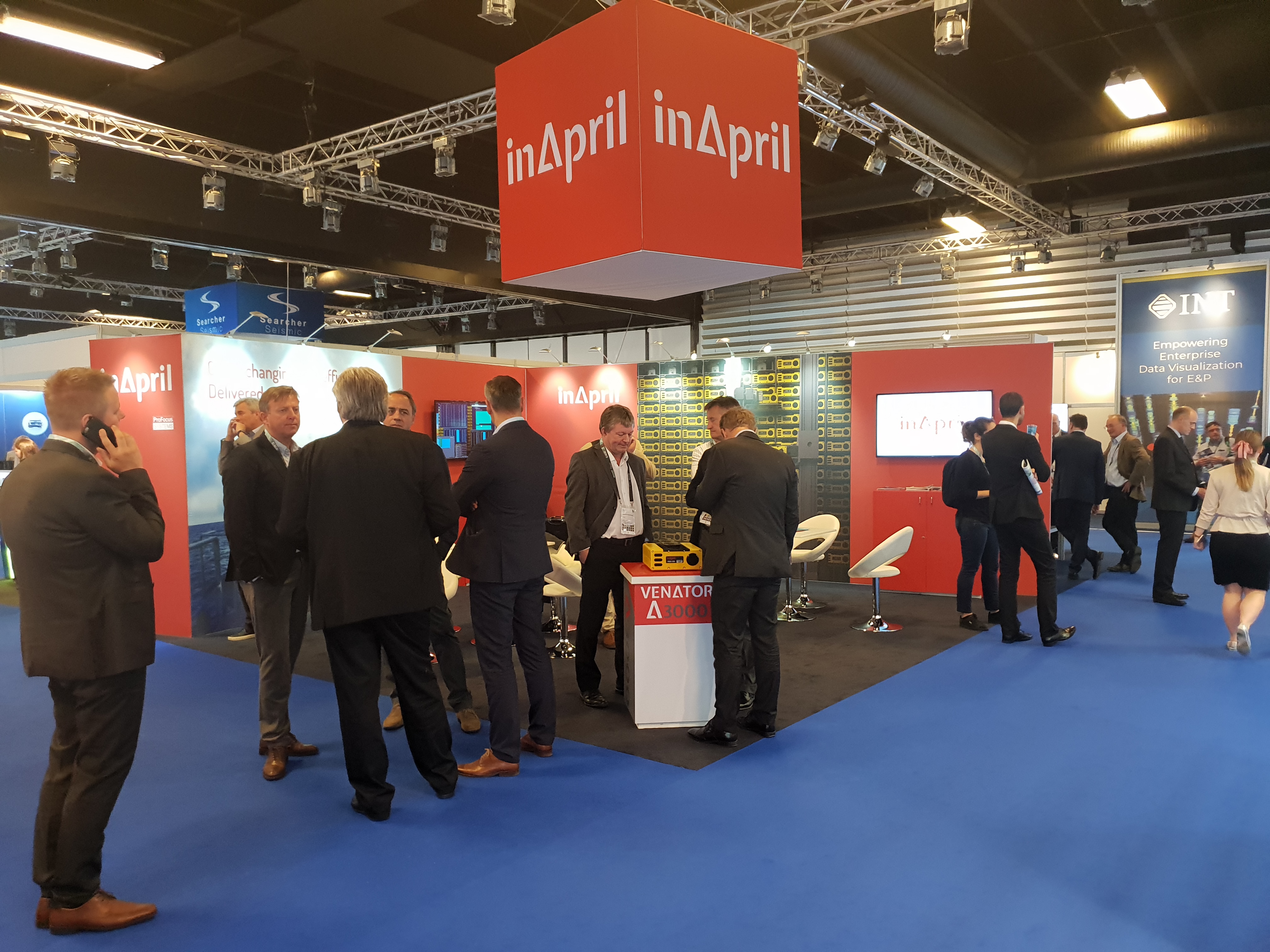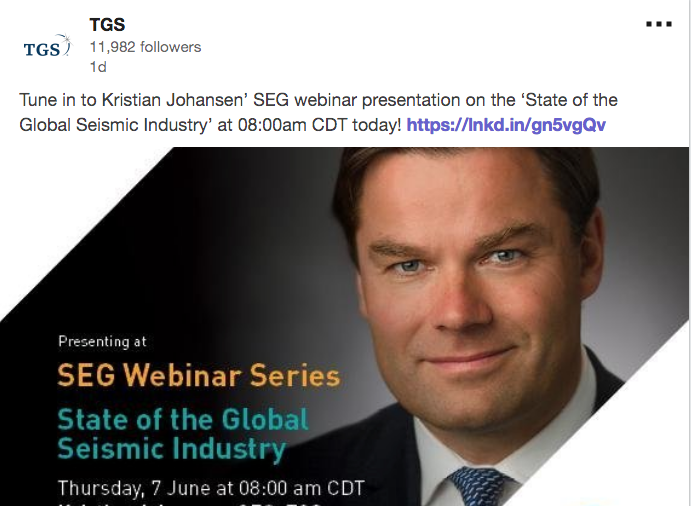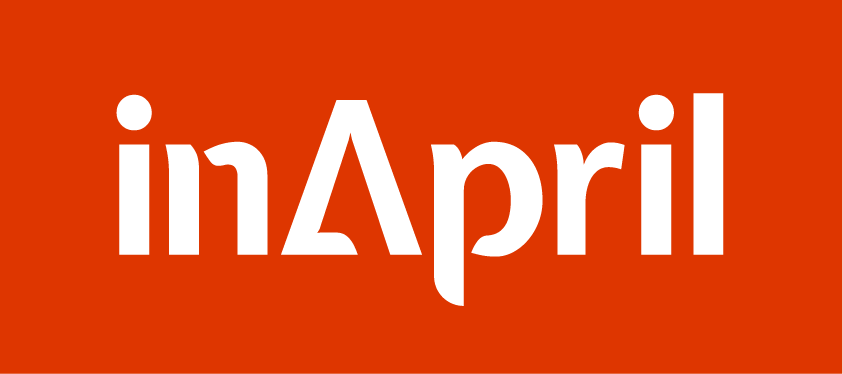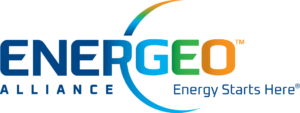Oslo, June 27 2018.
After a few requests during and after the EAGE exhibition, we are now publishing the following animation highlighting the main benefits of our Ocean Bottom Seismic system, Venator.
Oslo, June 27 2018.
After a few requests during and after the EAGE exhibition, we are now publishing the following animation highlighting the main benefits of our Ocean Bottom Seismic system, Venator.
20 June 2018
An eventful four days spent with the global seismic industry with strong interest in effective Ocean Bottom Systems.

As reported by DNB and published on Bloomberg chat June 7.
“TGS CEO Kristian Johansen held an industry talk/webcast this afternoon. One of the focus points was on new technology and he spent a considerable time on the node/ocean bottom seismic development. TGS see a trend of new ocean bottom seismic companies emerging with lower cost solutions and they expect that this will continue going forward to a more competitive level versus traditional streamer surveys. On numerous occasions the CEO commented that the ocean bottom development is something they follow very closely, to a level where they are already working with some of the leading players and that this could be the future of the seismic industry. According to TGS, ocean bottom should be the highest growth area going forward and oil companies have a higher appetite for this survey method now. Ocean bottom surveys are still more expensive compared to traditional towed streamer surveys, however, the data quality is significantly better. This development is getting increasing attention in the industry, and could be a risk for both traditional vessel owners but also the value of existing conventional 3D multi-client libraries.”

May 4, 2018
VP Technical
inApril is currently recruiting for a senior level technical position to our offices in Lillestrøm, Norway. The position, reporting to the CEO, will be responsible for the oversight and management of manufacturing, system delivery and further development of our Ocean Bottom Node solutions.
Responsibilities
Requirements
inApril is an independent provider of complete and fully automated ocean bottom node (OBN) seabed seismic solutions to seismic companies. We offer a step change in safe and efficient operations of seabed seismic acquisition.
Applications to be sent to post@inapril.com with the subject “VP Technical – Application” within the 25th of May. For further information on this position, please send an email to the same address with the subject “VP Technical – Information”
By applying for this position you accept that inApril store your application for a period of up to 6 months.
Excellent and well researched commentary in the January First Break issue regarding the current technology shift underway in the marine seismic market. If you are at all interested in Marine Seismic this is an excellent summary of why Ocean Bottom Nodes are gaining market share today and why they are destined to be the primary technology in the near future.
http://fb.eage.org/publication/content?id=90975

We are posting here a summary of an OBS market study by Oslo-based independent consultant Arkwright Consulting AS. It confirms the expectation on which inApril was established in 2012, namely that increasingly cost-effective ocean bottom seismic (OBS) acquisition technology will continue to gain market share for marine seismic surveys. Arkwright´s research indicates that OBS will grow by 250% within 2019/2020.
Some of the graphics provide a clear picture of why inApril’s innovative approach to reducing costs and speeding operations, based on a high degree of automation, exactly meets the needs and preferences of the offshore E&P industry going forward. It is clear from this report that inApril can successfully challenge towed streamer solutions to multi-/wide-azimuth and other seismic surveys involving complex geology, as well as provide high quality multi-component data for reservoir characterization.
Click on the image to open the summary.
The Norwegian seismic equipment supplier inApril AS announces that it successfully carried out a full-scale sea trial of its fully integrated node-based seabed seismic acquisition system, Venator. The company says the trial confirmed that Venator is the first seabed-based exploration tool to provide data far superior to conventional towed streamer solutions at competitive terms.
The system, which features fully hands-free handling and flexible node spacing at unprecedented speeds, was tested in 110m water depth over a part of the Edvard Grieg field (PL 338), operated by Lundin Petroleum, in the Norwegian North Sea. The node used was inApril’s A3000 node, suitable for both deep and shallow water operations.
The trial repeatedly demonstrated ‘node-on-a-rope’ deployment speeds of 5 – 6 knots and retrieval speeds at 3 – 4 knots in these water depths, enabling up to 20 km² full-azimuth data acquisition per day in exploration mode.
Preliminary results confirm the excellent data quality also shown by previous sea trials, only achievable by seabed data acquisition. Data processing will be carried out in the coming weeks.
According to numerous industry executives and analysts, more efficient node-based ocean bottom seismic will provide the optimal solution for oil companies looking to increase reserves at reasonable costs via targeted exploration and reservoir characterization data acquisition.
Vidar Hovland, CEO of inApril, said: ‘The market has been waiting to see if we can deliver what we promised. Now we have documented that Venator offers a game-changing, cost-effective, and fully automated exploration and reservoir characterization tool. The system is flexible and can be containerized for mobilization to a variety of vessels for a range of offshore seismic applications and water depths.’
4-6 September 2017 Beijing, China
Following is our abstract paper presented by Ronny Bøhn at the SEG OBN Technologies and Applications Workshop in Beijing.
The paper considers the high cost and operational inefficiencies traditionally associated with ocean bottom seismic (OBS) acquisition that have deterred wider industry adoption of this compelling technology. A case study is presented on how the main challenges are being overcome in the development of a next generation ocean bottom node (OBN) system focused on lower cost and more efficient, faster operation with scope for exploration projects as well as reservoir characterization and monitoring.
View the white paper here:


Address: Tærudgata 1 2004 Lillestrøm, Norway
E-mail: post@inapril.com